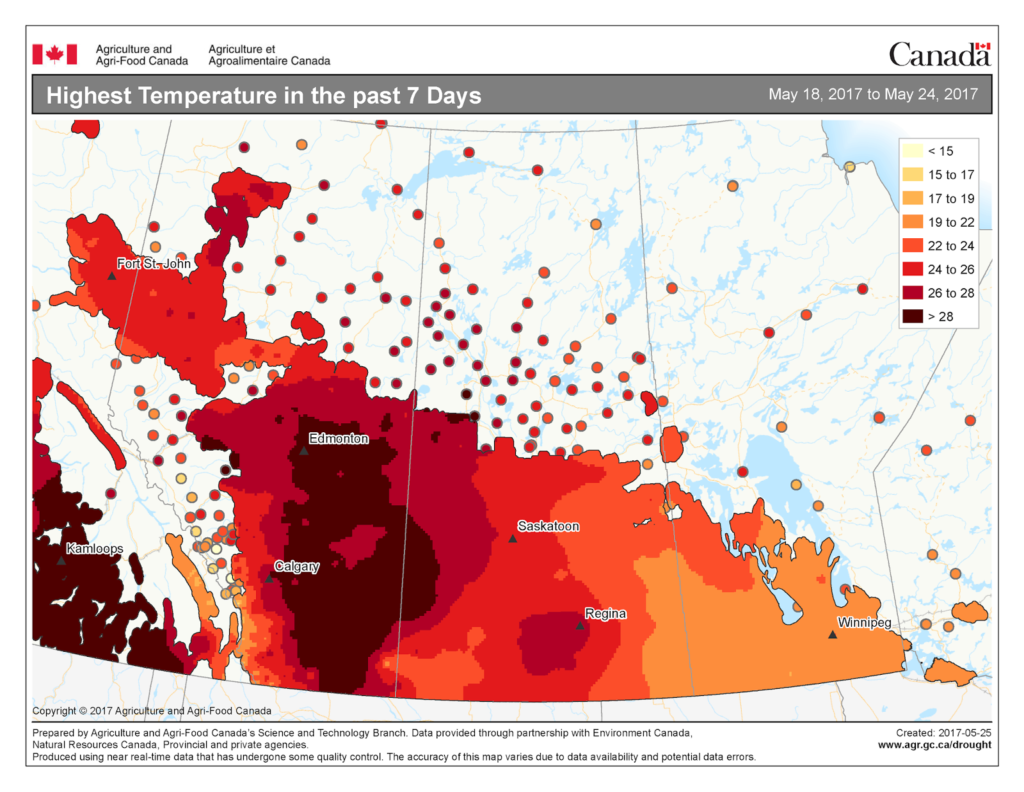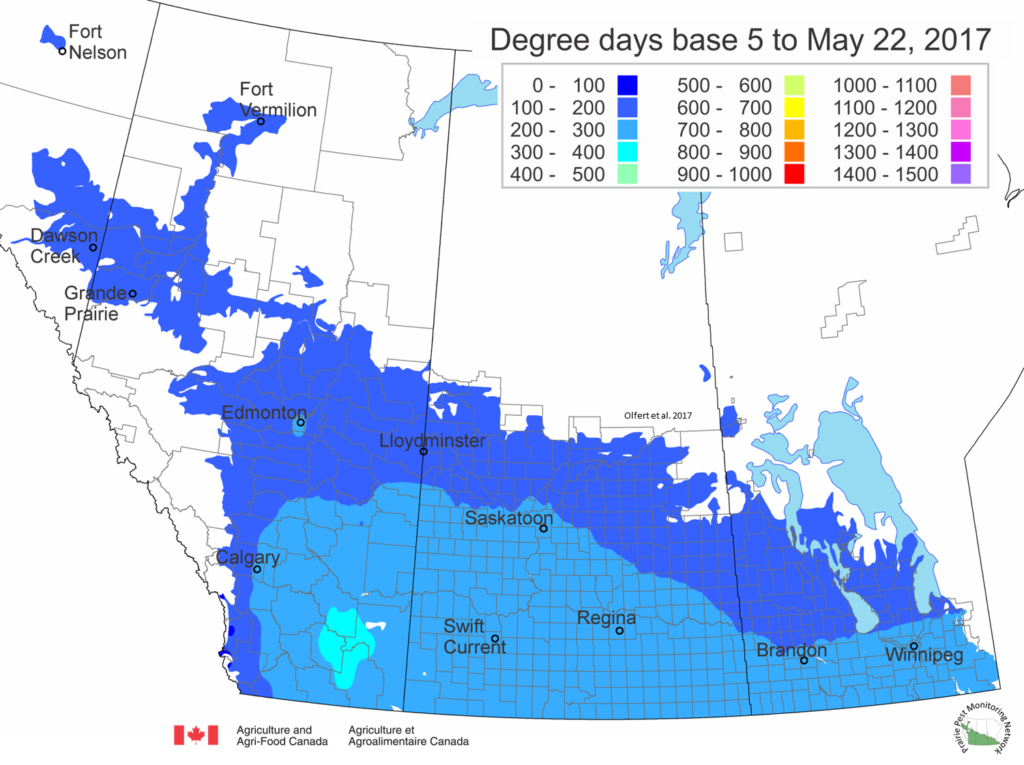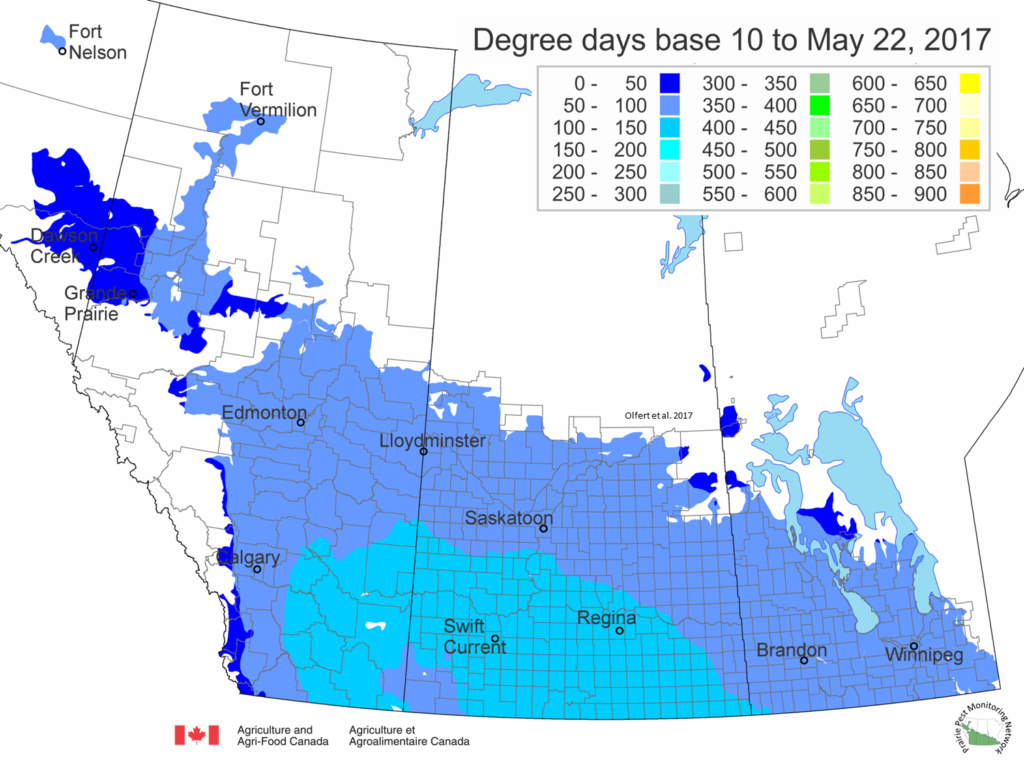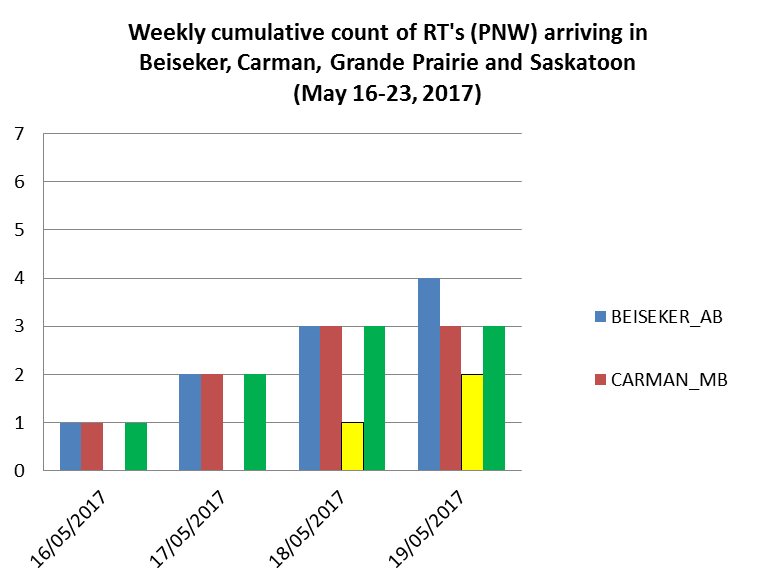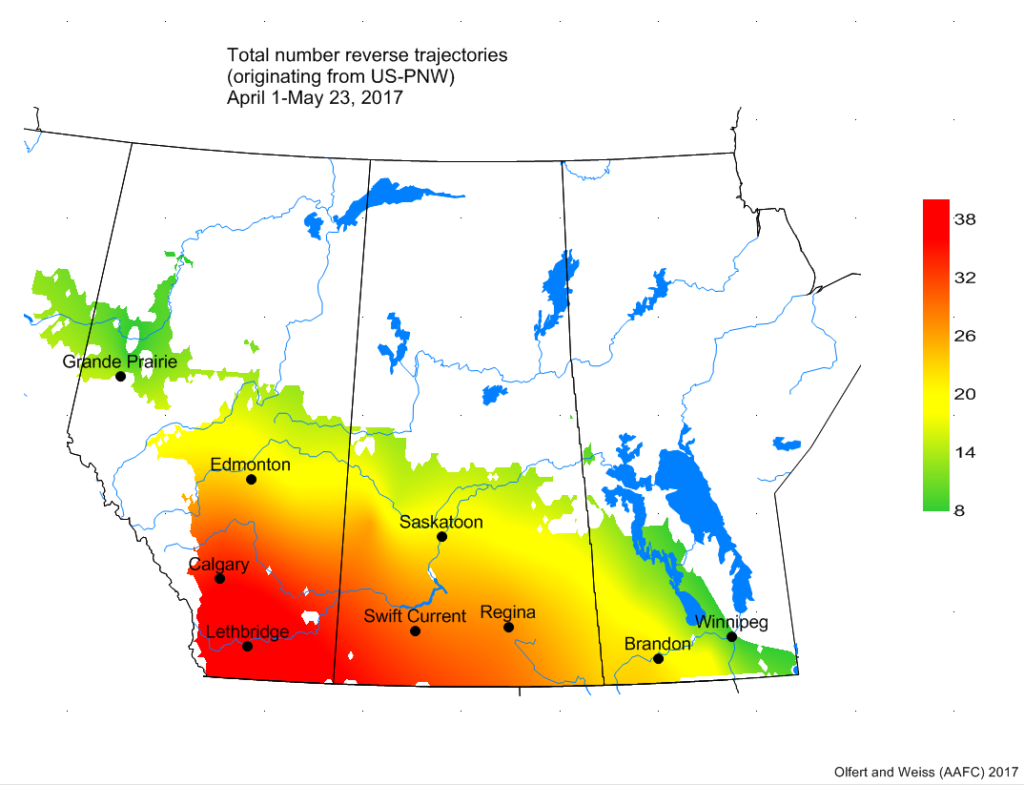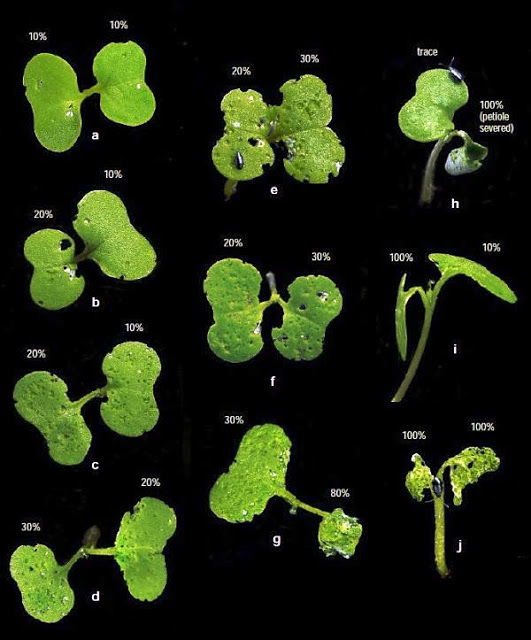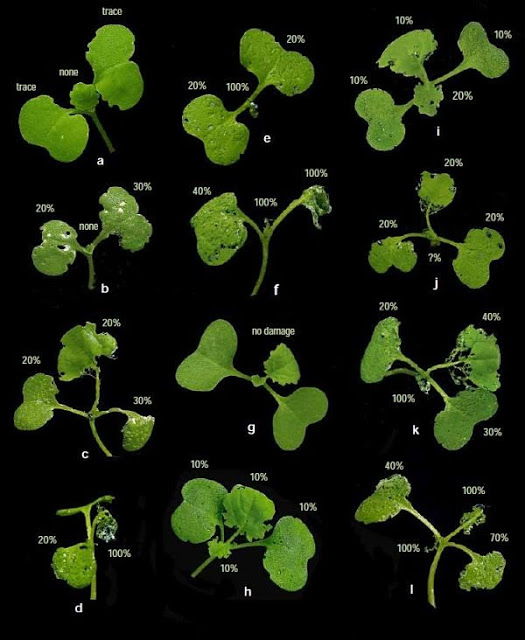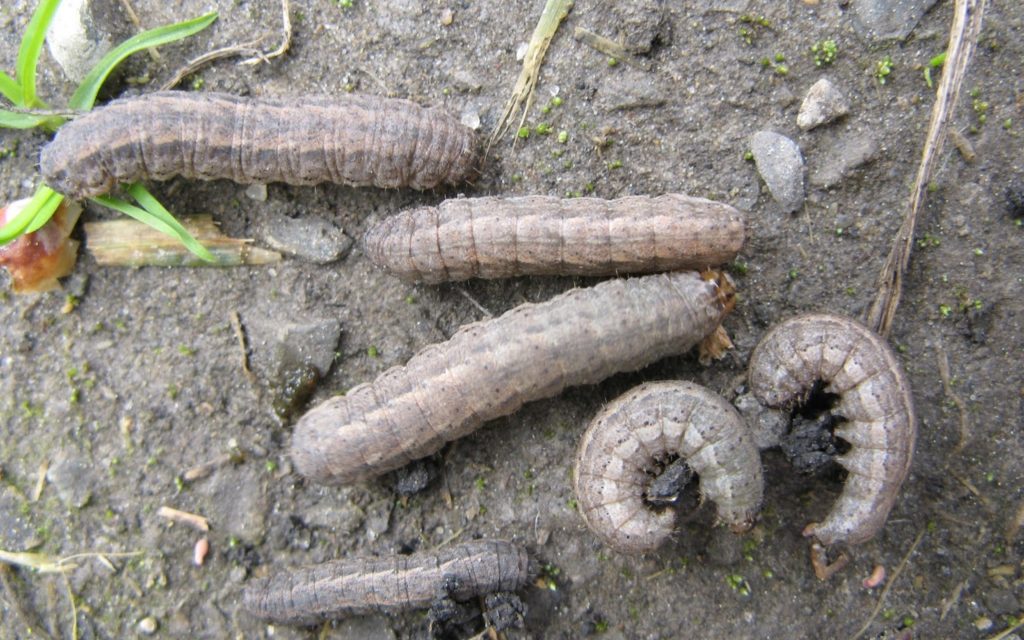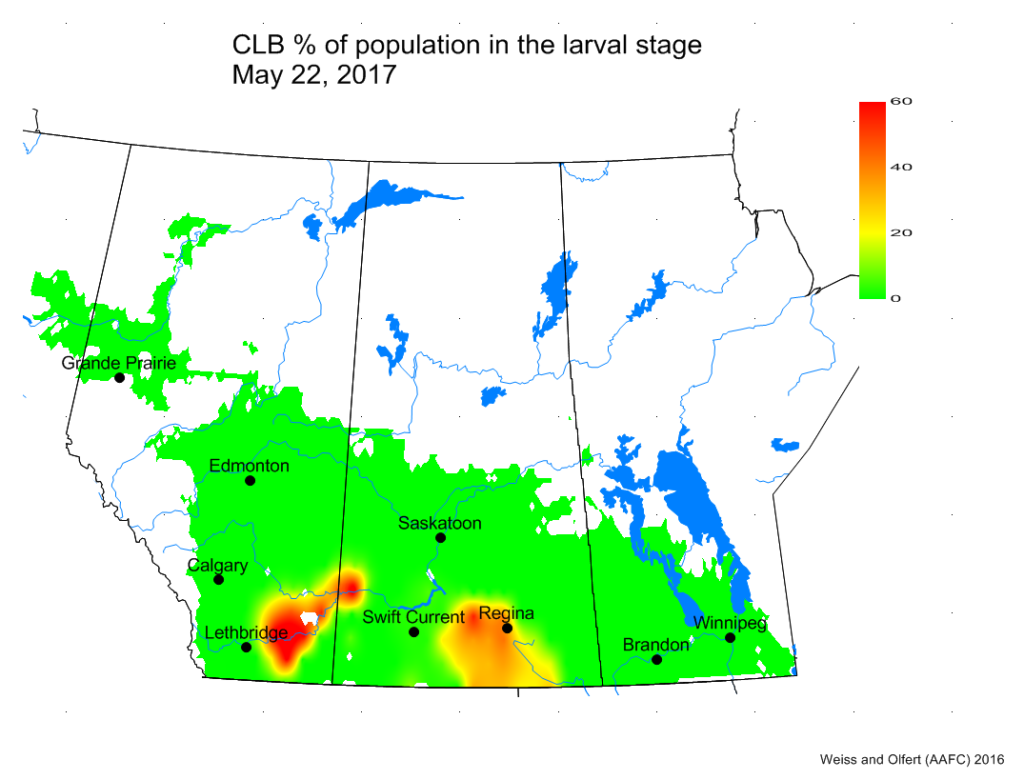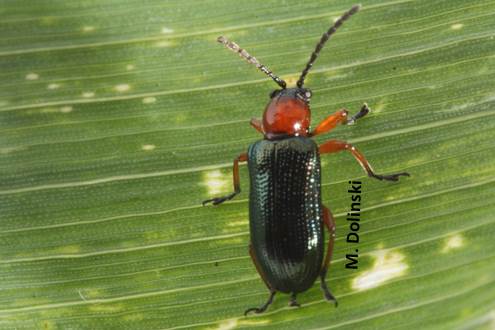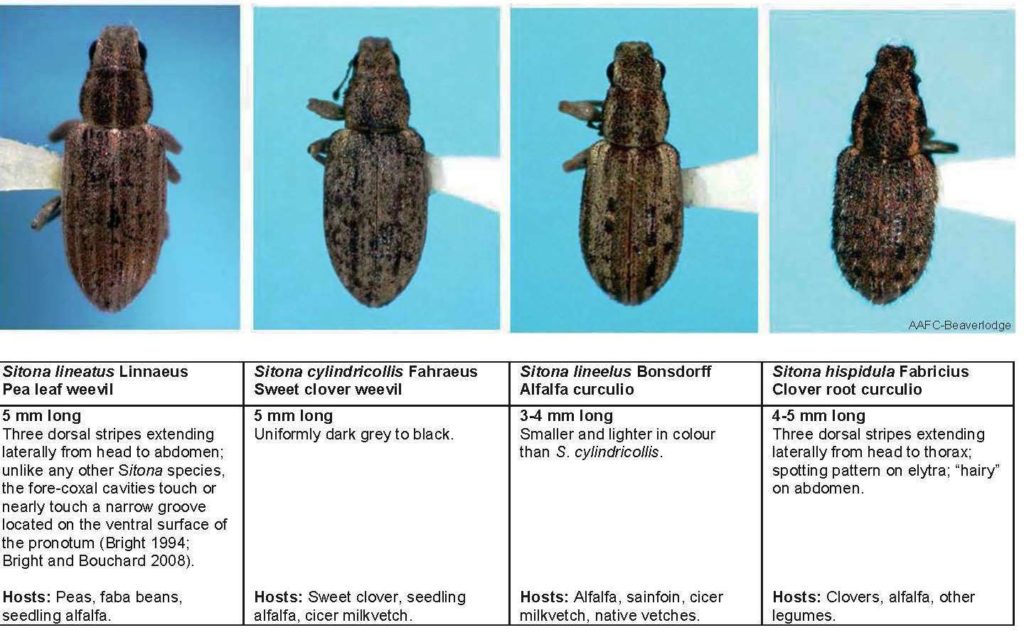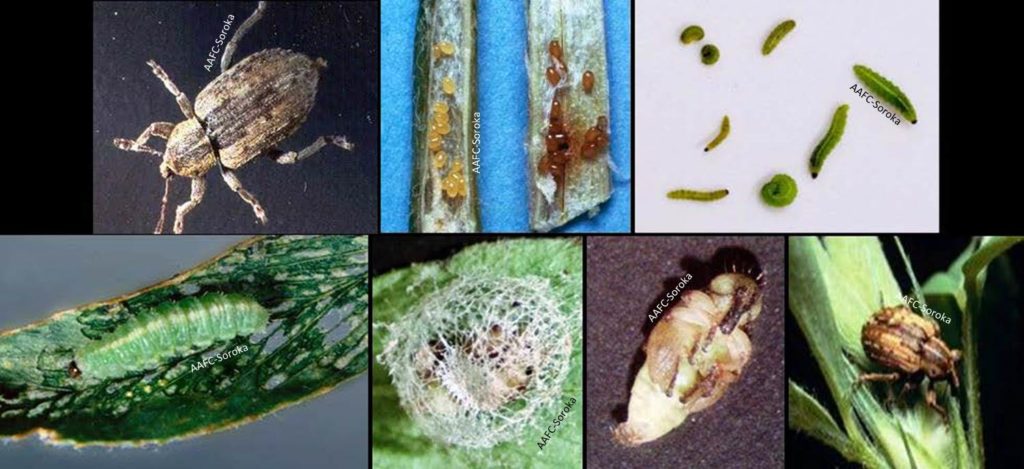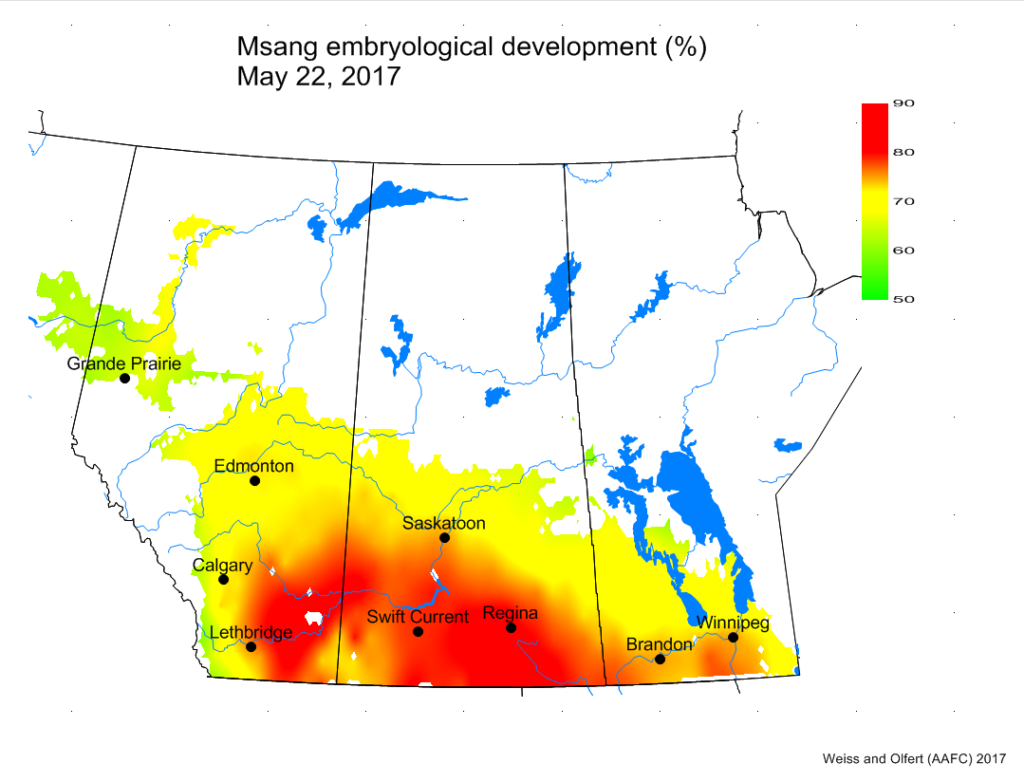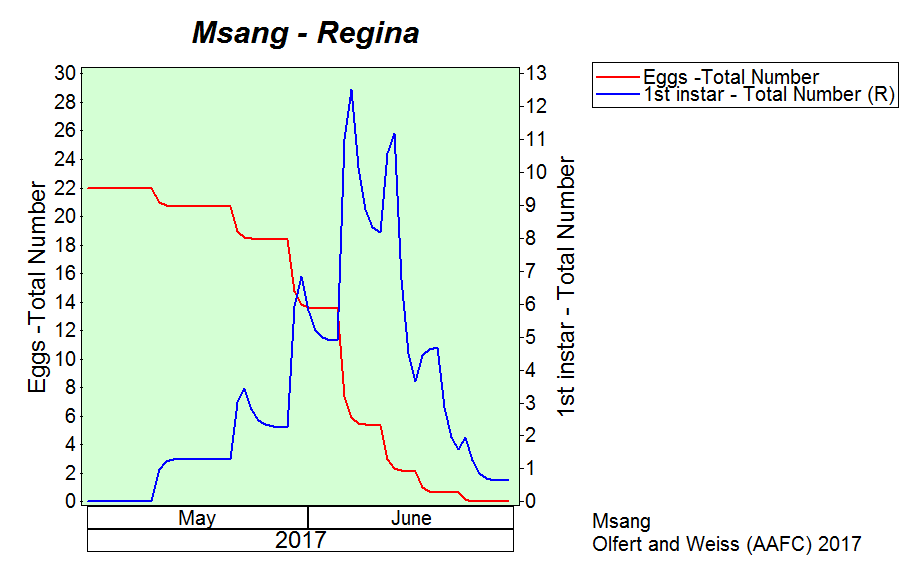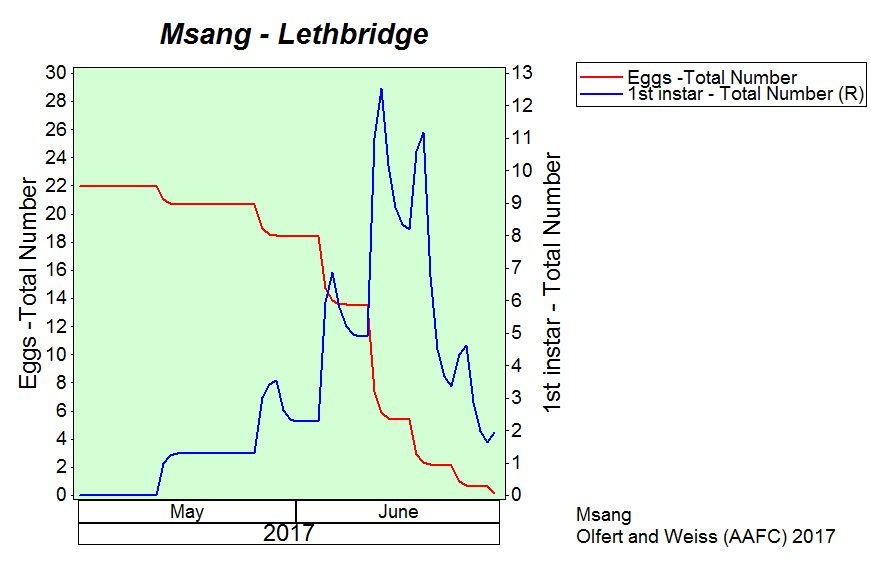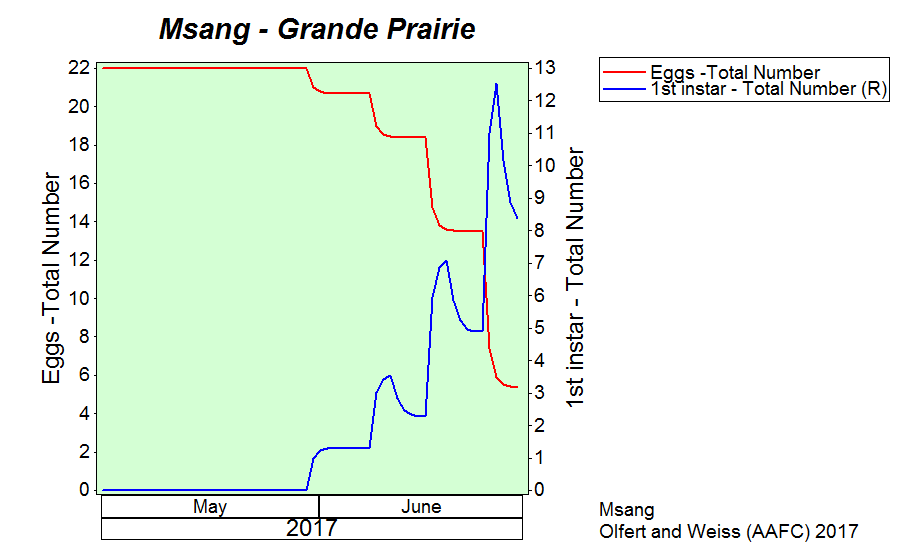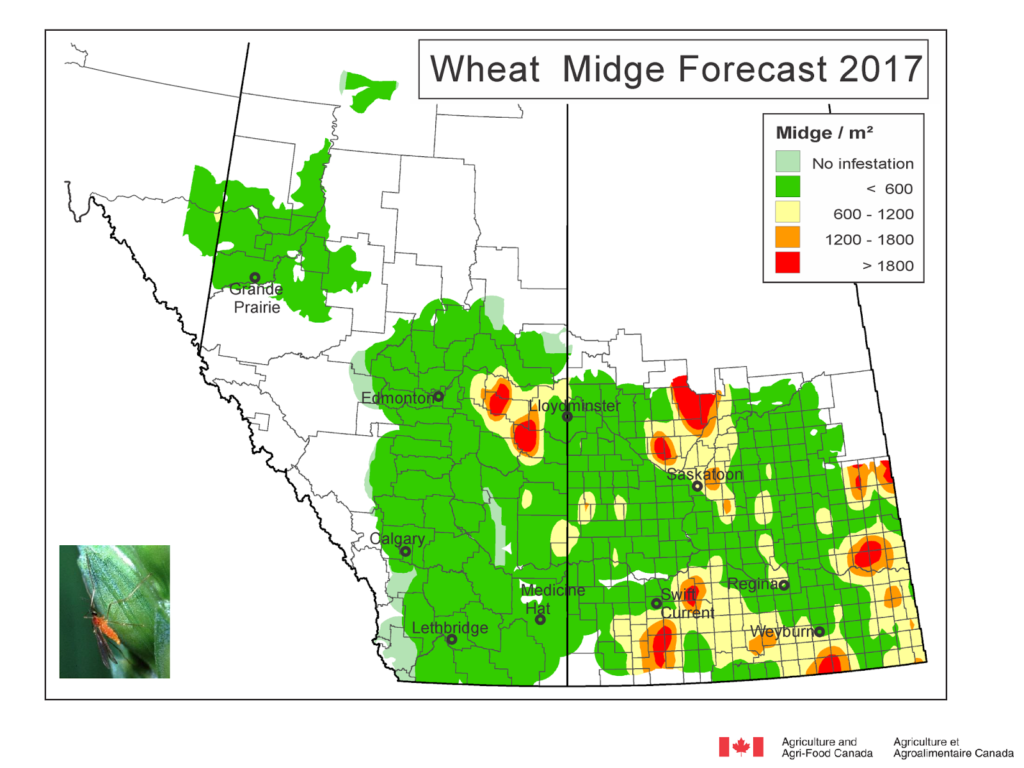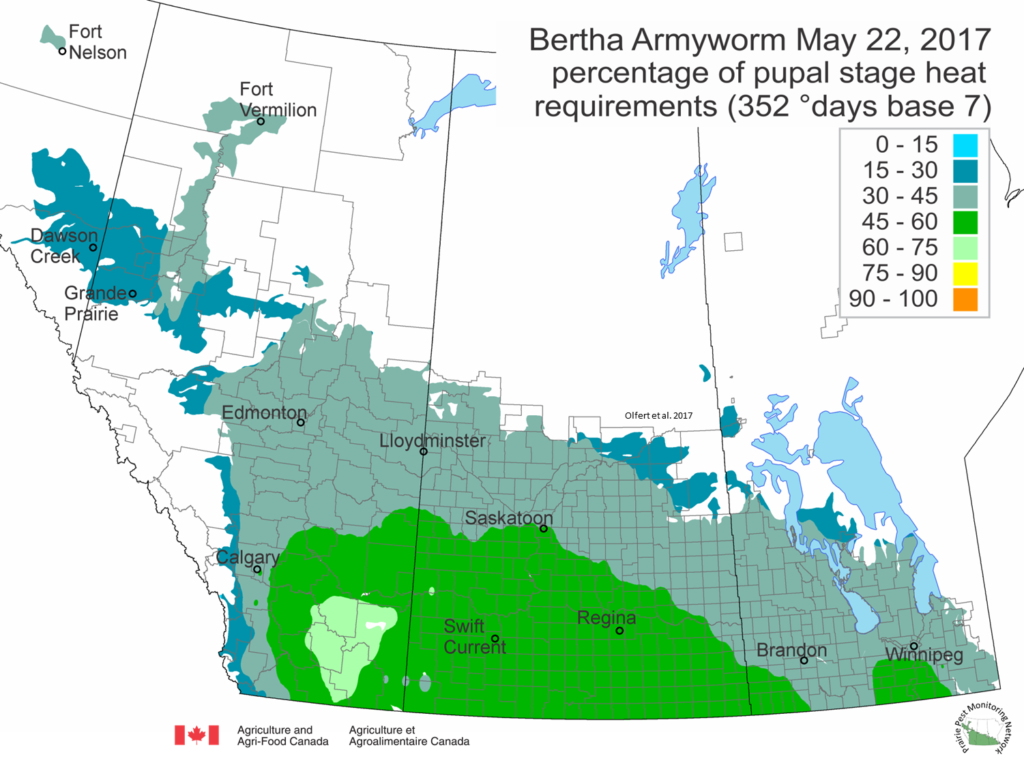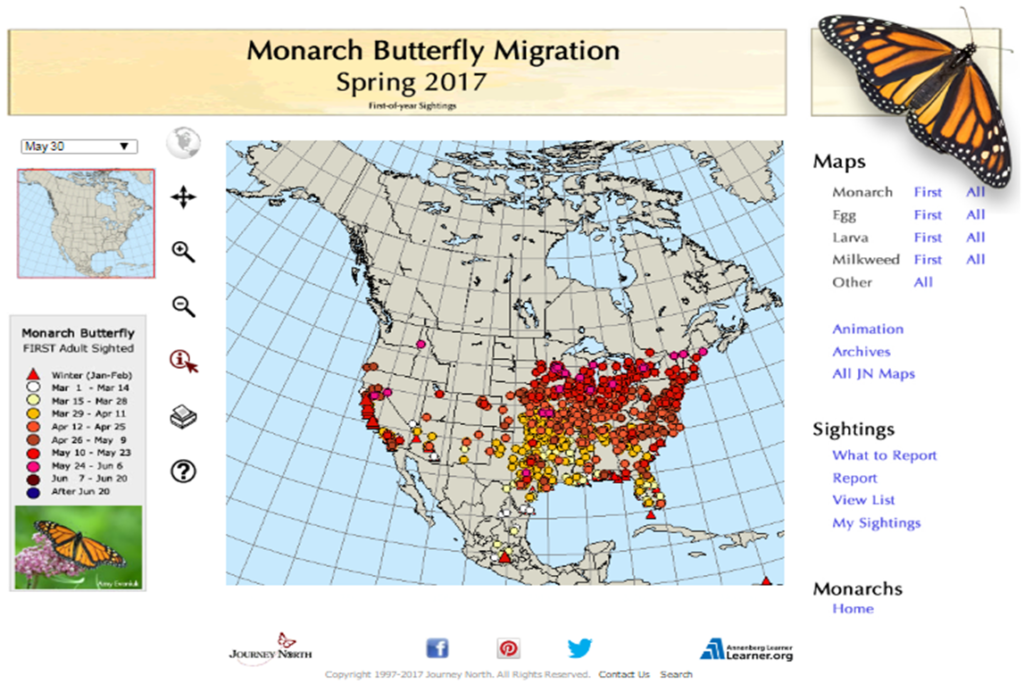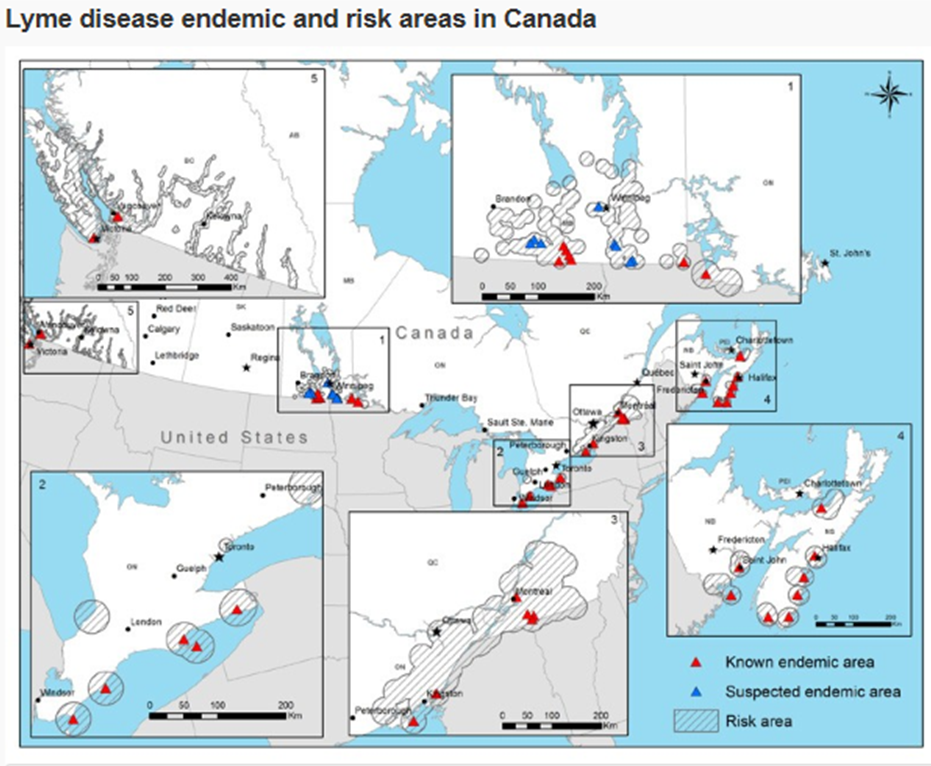For many, seed isn’t even in the ground yet, but the cutworms are ready for it when it is. So the time to start scouting for cutworms is now! Even if it is too wet to seed, consider checking volunteer plants for cutworms or feeding damage. General cutworm monitoring protocols can be found on the Monitoring Protocols page. Species-specific protocols can be found in the new Cutworm Pests of Crops on the Canadian Prairies (see below for download details).
There are over 20 cutworm species that may cause economic damage to your crop, each with different feeding behaviour, preferred hosts and lifecycle. This is why species identification is so important: it helps growers understand what they are up against: determining how and when to scout, knowing whether the cutworm species is found above-ground (climbing) or below-ground, recognizing damage, choosing control options. Species also impacts the most appropriate time of day for monitoring and applying controls.
Action and economic thresholds do exist for many of the cutworm species – please use them. This will help control costs by eliminating unnecessary/un-economic sprays and reduce your impact on non-target insects – insects that include cutworm natural enemies that work in the background to control cutworm populations.
This week’s Insect of the Week is the dingy cutworm. This is an above ground climbing species. Crops are at greatest risk in the spring when partially mature larvae emerge to feed primarily on leaves. The name ‘dingy cutworm’ is generally applied to three closely related species with similar appearance and life cycles.
For more information about dingy cutworms, go to the Insect of Week page.
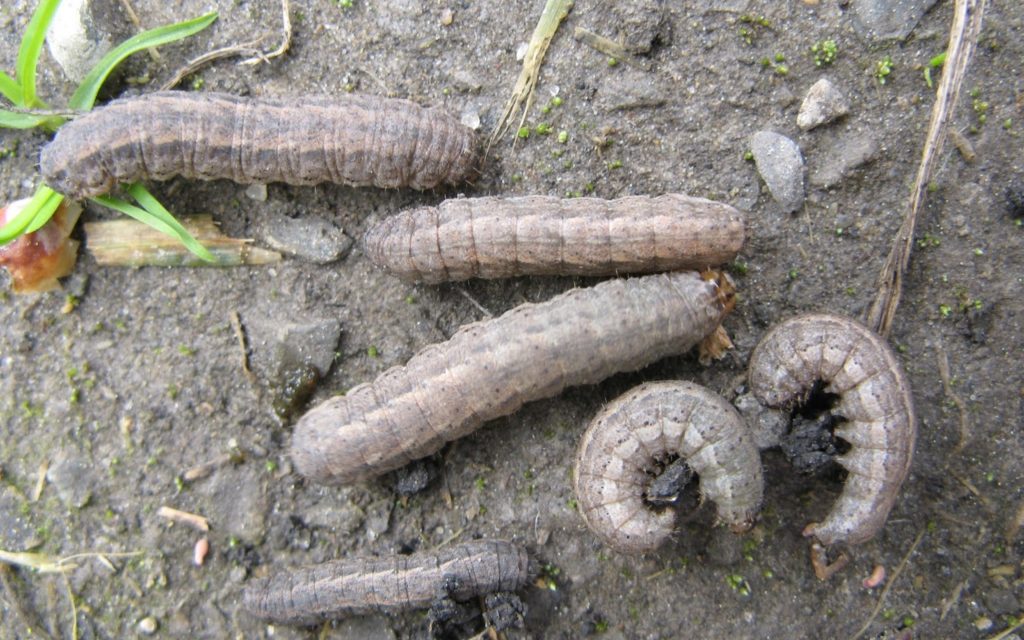 |
| Dingy cutworm larva (cc John Gavioski, Manitoba Agriculture) |





